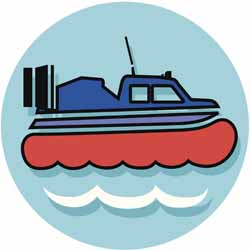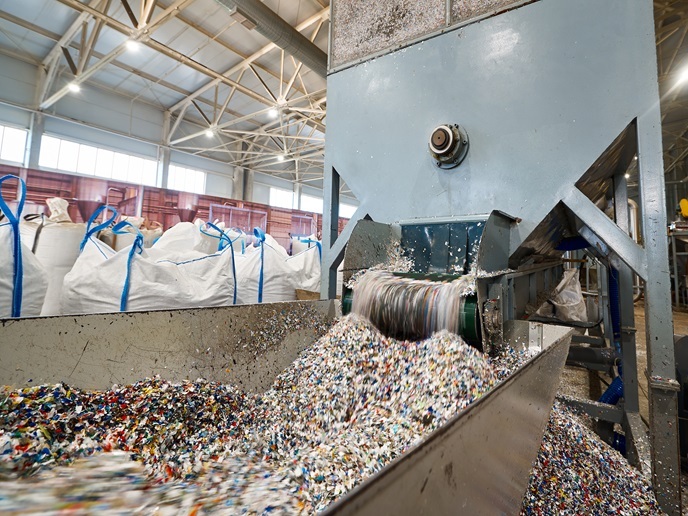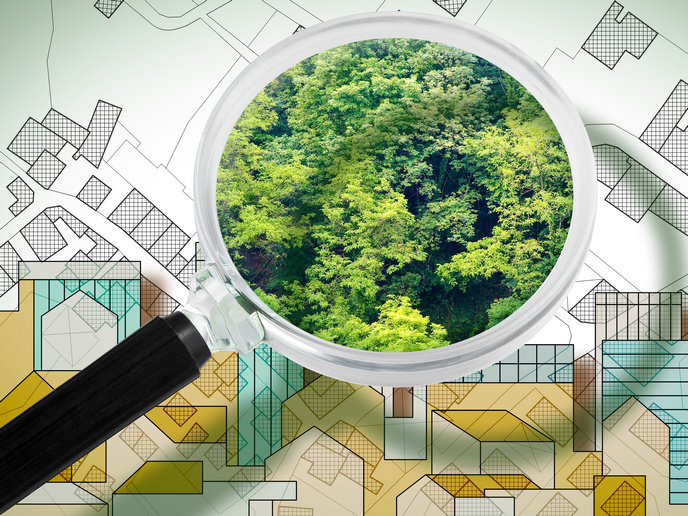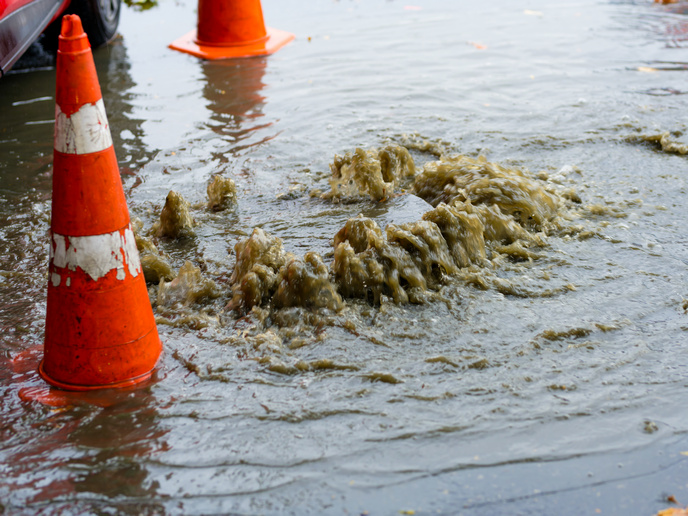Hovercraft to clean ocean oil spills
It was developed as part of the 'Multienvironment air cushion oil spill fast response and post emergency remediation system' (HOVERSPILL) project. The aim was to solve the problem that traditional vehicles have in reaching areas like shoals, beaches and muddy points. The team set out to create a vessel that would be cheap and easy to maintain, and easy to transport and store. The craft also needed to be capable of a high operative speed, and of storing oil collected from spills. Researchers successfully met these goals by producing an amphibious air cushion vehicle and an oil–water separator. This came after in-depth studies into critical features, like an intuitive piloting system, the ability to navigate rocks and a versatile platform to transport different kinds of equipment. All the necessary components were individually tested and, once fully assembled, prototypes were tested in the field. Feedback from members of the consortium as well as operators was very positive. The hovercraft is highly modular, which will allow it to be used in different contexts and scenarios. This innovative solution represents a milestone in the response and remediation of oil spills.







